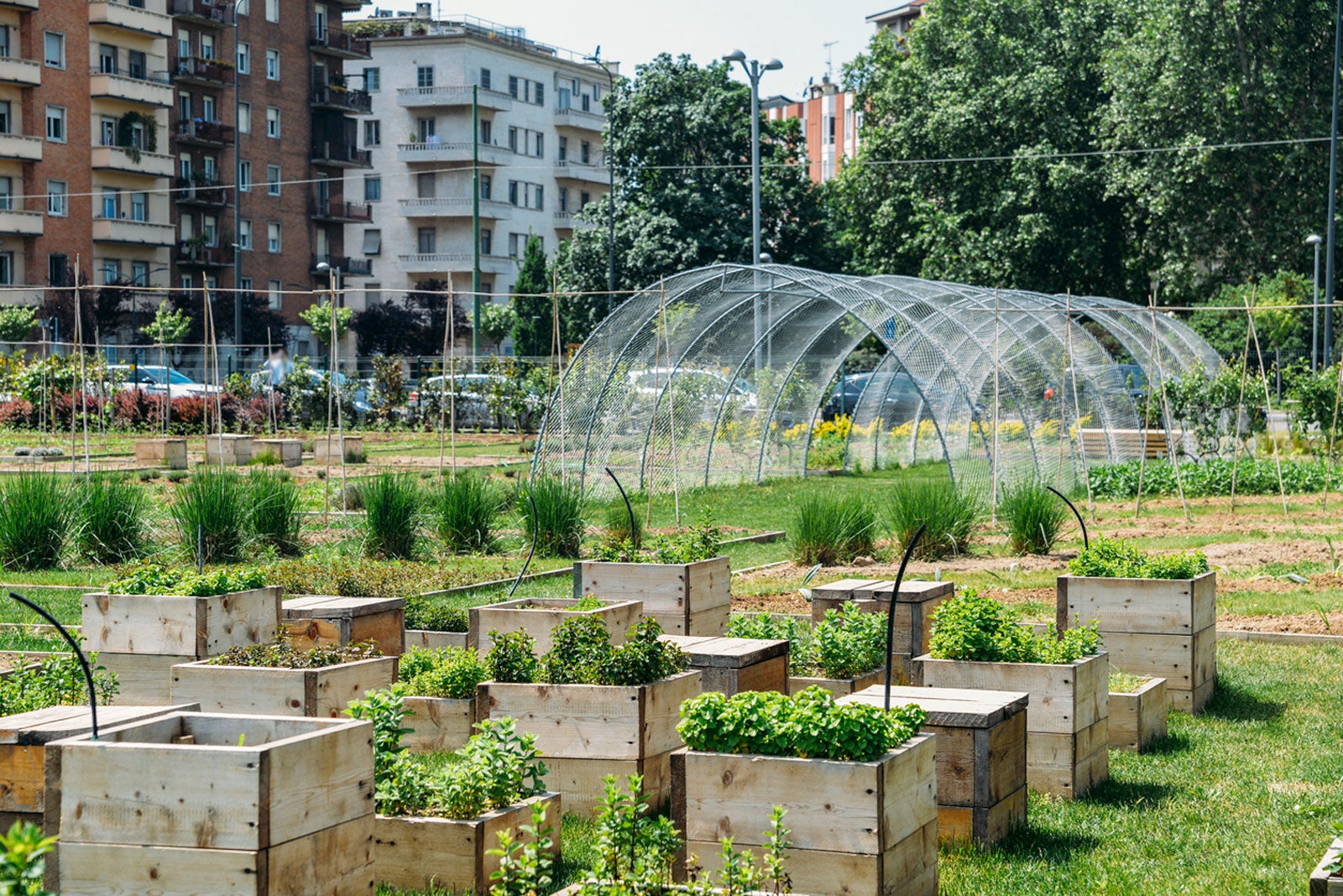Unknown Facts About City Blooming
Unknown Facts About City Blooming
Blog Article
The Basic Principles Of City Blooming
Table of ContentsCity Blooming - QuestionsThe Facts About City Blooming UncoveredSome Known Incorrect Statements About City Blooming City Blooming for DummiesThe 9-Second Trick For City Blooming
Intrigued in growing food available in the City of Chicago? Thinking of beginning a community garden? Changes to the Chicago Zoning Ordinance enable agricultural uses like area gardens and urban farms in several parts of the city. Below is a listing of frequently asked concerns regarding the rules and policies that growers need to think about when planning a city farming project.
The zoning change does not modify any various other codes dealing with composting, building licenses, purchasing or leasing City owned home, organization licenses or environmental contamination. There are existing codes that regulate these issues and they continue to be completely impact and may apply to your project. Neighborhood gardens are usually owned or taken care of by public entities, public organizations or community-based companies and preserved by volunteers.
Urban ranches expand food that is intended to be offered, either on a not-for-profit or for-profit basis. Because of their business objective, city ranches require an organization license. Yes. An area garden is permitted to sell excess produce that was expanded on site if the sales are accessory or subordinate to the yard's main function described above.
Indicators on City Blooming You Should Know
The quantity of compost material can not go beyond 25 cubic backyards at any provided time according to the criteria in 7-28-715 of the City's Municipal Code. Since the dirt at many brand-new yard sites needs changing, compost, soil, wood chips, or various other products can be obtained to create or improve the growing room.

If a structure authorization is required after that the hoophouse will be considered an accessory structure. You can discover out even more about the structure authorization needs by getting in touch with the Division of Structures. The 25,000-square-foot dimension restriction is intended to stop a single community garden from dominating an offered block or interfering with the block's existing household or business personality.
The limit does not relate to gardens situated in Public Open Room (POS) areas. Can there be even more than one community garden that is 25,000 square feet on a single block? Yes. The size limit puts on individual gardens, not to specific blocks. No. Secure fencing is not needed, nonetheless, yards that have big parking lot may be needed to mount fencing or various other landscaping functions.
City Blooming for Beginners
B1 & B2 districts call for that all commercial use activities be carried out indoors. Is fence needed for city ranches? Fencings might be called for, along with landscaping and testing, for certain car parking areas and outside work or storage space areas depending on place and the particular task taking place.
Yes. Urban farms require structure licenses and zoning approvals prior to building. Various other kinds of city evaluation may be called for depending upon specific frameworks, activities, dimension, landscape design, licensing, public heath and stormwater monitoring issues. Much of these demands are identified in the job style or permitting process, nonetheless, the applicant may be responsible to independently determine details licenses or allows that may be home and garden required.
Yes. The kind of license is established by what is taking place at the site. The Division of Business Matters and Customer Security can aid identify the details kind of organization permit that's required. Yes. Off road car park is required for many industrial jobs in Chicago. The called for variety of auto parking areas is based on the number of employees functioning on website and not the square video footage of the growing space.
City Blooming Things To Know Before You Buy

Yes. A metropolitan ranch can sell garden compost product generated on site, however, the procedure must abide by the regulations in 7-28-715 of the Chicago Municipal Code. Yes. Aquaponic systems are enabled inside your home on metropolitan farms in several zoning areas. However, a zoning review and building license is called for in order to mount structures or systems and a service certificate is required as defined over.
Up to 5 hives or swarms of honey might be kept as an accessory use. However, beekeepers need to register with the Illinois Department of Agriculture. For more details about the suggested zoning amendment you might speak to the Department of Real Estate and Economic Advancement, Bureau of Planning and Zoning at 312.744.8563.
Farming in cities and urban locations An urban ranch in Chicago. Urban agriculture refers to various methods of growing. http://prsync.com/city-blooming/, processing, and distributing food in urban areas. The term likewise puts on the location activities of animal husbandry, aquaculture, beekeeping, and cultivation in a metropolitan context. Urban agriculture is differentiated from peri-urban farming, which occurs in backwoods beside residential areas.
The Main Principles Of City Blooming
, that seek to form social networks founded on a common values of nature and area holism. These networks can create by method of formal institutional support, becoming integrated right into regional town planning as a "change community" motion for lasting urban advancement.
Some of the initial evidence of metropolitan farming comes from Mesopotamia.
Report this page